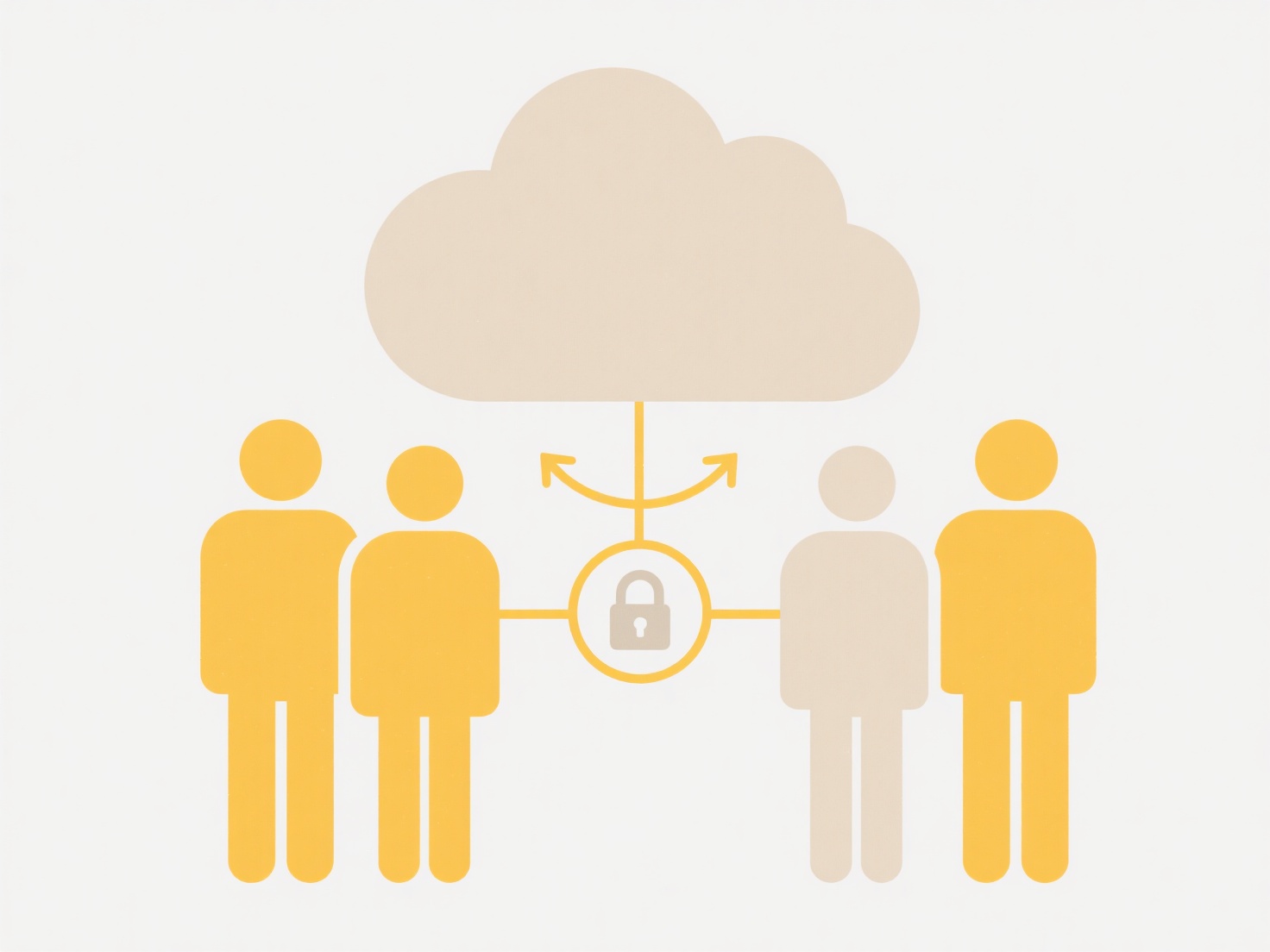
Comment-only access restricts collaborators to adding feedback (comments, suggestions) within a shared document but prevents them from directly altering the main content itself. It differs fundamentally from "view-only" (read without interacting) and "edit" access (full modification rights). When enabled, users can highlight text and attach comments/questions, but they cannot change the document text, formatting, or delete core elements; this layer of feedback exists separately.

This function is widely used in document editing platforms. For instance, Google Docs allows setting collaborators to "Commenter" when sharing the file link or email address. Similarly, Microsoft Word online offers a "Can Comment" permission level in the sharing pane. Editors use this during proofreading phases to gather input without risking accidental overwrites. Teachers might use it for providing feedback on student submissions, while managers could collect team input on draft policies without changing the base document.
The primary advantage is safeguarding document integrity while gathering essential feedback. It minimizes accidental edits and provides clear accountability for suggestions. A key limitation is that comment-only users cannot implement suggested changes directly; the owner must act on them. Ethically, clear communication about permissions helps avoid frustration. As remote work increases, expect such granular controls, potentially with finer settings like limiting comment visibility or authentication requirements, to become even more standard.
How do I enable comment-only access in shared documents?
Comment-only access restricts collaborators to adding feedback (comments, suggestions) within a shared document but prevents them from directly altering the main content itself. It differs fundamentally from "view-only" (read without interacting) and "edit" access (full modification rights). When enabled, users can highlight text and attach comments/questions, but they cannot change the document text, formatting, or delete core elements; this layer of feedback exists separately.

This function is widely used in document editing platforms. For instance, Google Docs allows setting collaborators to "Commenter" when sharing the file link or email address. Similarly, Microsoft Word online offers a "Can Comment" permission level in the sharing pane. Editors use this during proofreading phases to gather input without risking accidental overwrites. Teachers might use it for providing feedback on student submissions, while managers could collect team input on draft policies without changing the base document.
The primary advantage is safeguarding document integrity while gathering essential feedback. It minimizes accidental edits and provides clear accountability for suggestions. A key limitation is that comment-only users cannot implement suggested changes directly; the owner must act on them. Ethically, clear communication about permissions helps avoid frustration. As remote work increases, expect such granular controls, potentially with finer settings like limiting comment visibility or authentication requirements, to become even more standard.
Related Recommendations
Quick Article Links
What happens if I lose internet access while working on cloud files?
Losing internet access temporarily disrupts synchronization with cloud storage services like Google Drive, Microsoft One...
Can I rename files while copying/moving?
Renaming files during copying or moving refers to changing the destination filename as part of the transfer operation it...
What is a Boolean search and how do I use it for files?
A Boolean search uses logical operators – AND, OR, NOT (and sometimes symbols like + - " ") – to combine keywords when f...